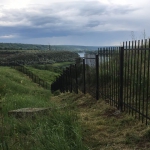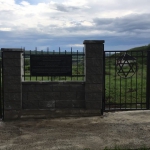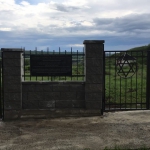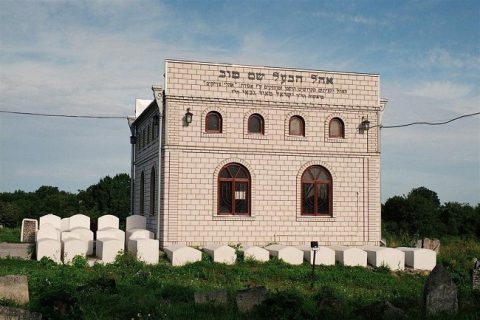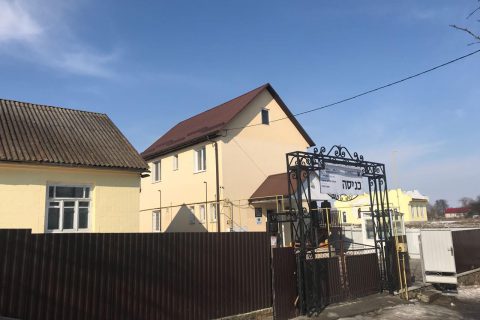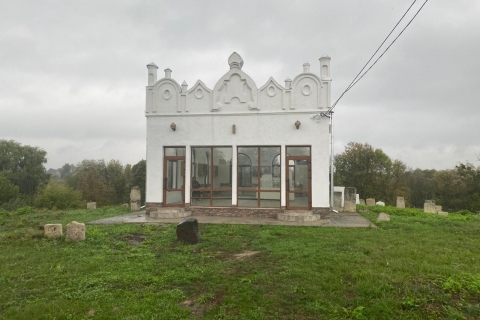Yampil most likely had a small Jewish presence since the 16th century. By 1740, the Jewish community had already established a Chevra Kadisha in the town, and it is likely the cemetery was constructed around then. The community continued to grow rapidly, and by 1802 it had grown to around 2,000 members. By the end of the 19th century, Yampil’s Jewish community encompassed half of the town’s population, with around 2,823 members, a new Beit Midrash, and four synagogues. However, the 20th century brought harsh repression to the community, who suffered greatly during WWI, with subsequent pogroms in 1917, 1919, and 1920 claiming many lives and leading a sizeable portion of the town’s Jewish population to leave for good. In 1929, 1,823 Jews were recorded as residents. On July 17th, 1941, Yampil was occupied by German and Romanian forces and incorporated into the Transnistria Governorate. Within a few weeks, thousands of Jews from Bukovina had been transported into the region, where the majority were concentrated near the old cemetery and murdered by Einsatzgruppe D of the SS and their collaborators. Although around 1,500 Jews returned to Yampil after the war, their numbers dwindled over the next several decades of Soviet rule, and today the town’s Jewish community is no more.
ESJF first visited the Yampil Old Jewish cemetery in 2020, as part of the European Commission-funded pilot project, “Protecting the Jewish Cemeteries of Europe”. The team found the site to be derelict and overgrown, with encroaching vegetation threatening the roughly 150 tombstones on the site, some of which date back as far as 1792.
In 2021 ESJF with the support of Geder Avos and American Jewish philanthropic organizations cleared the site, demarcated the boundaries, and erected a fence around the cemetery.
click to view larger images:




